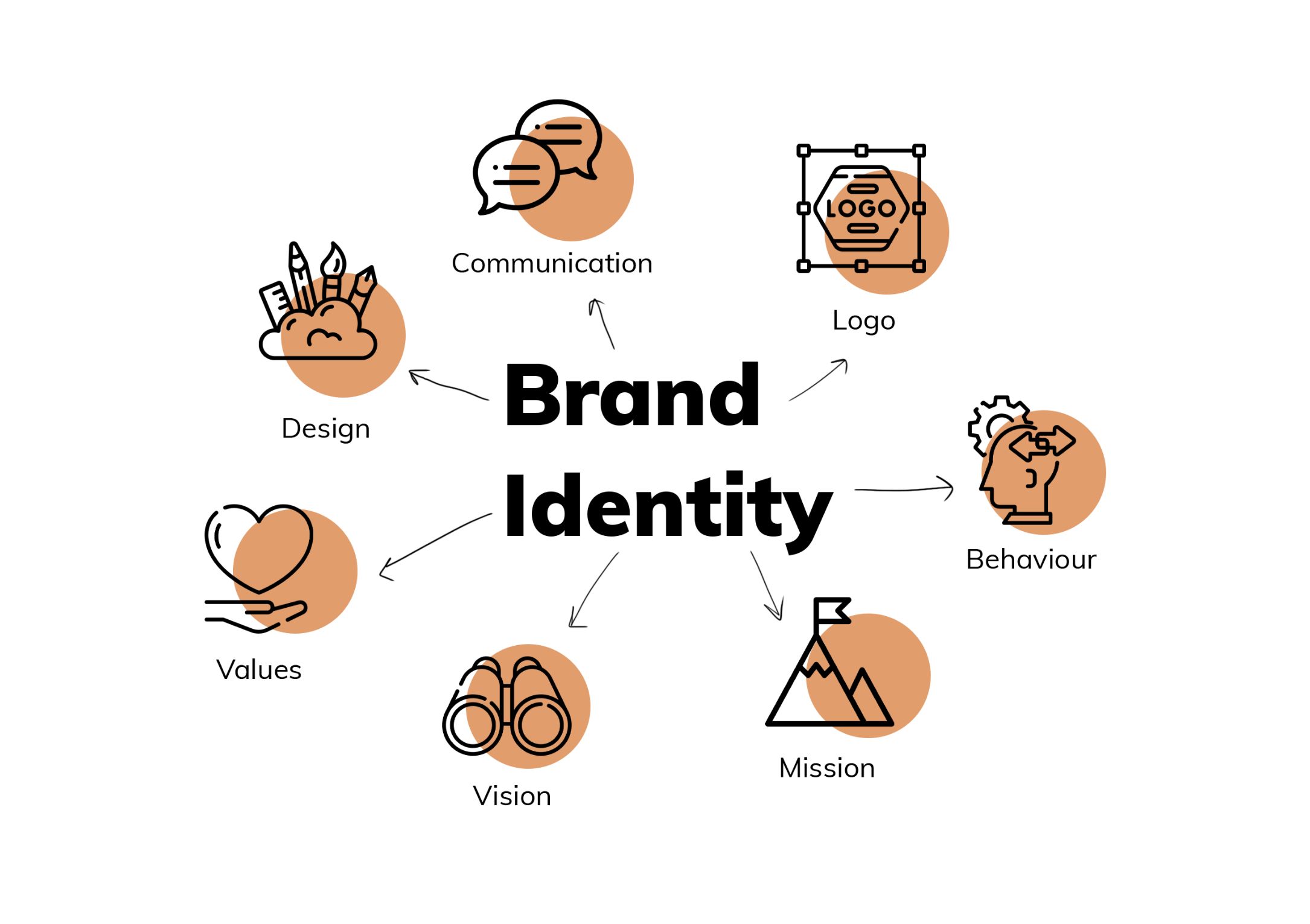
This involves developing a comprehensive plan for creating a strong brand identity that aligns with the business objectives and target audience.
This includes creating a visual representation of the brand, such as a logo, typography, color palette, and other visual elements that reflect the brand's personality and values.
This provides a set of guidelines that outline how the brand identity should be used across different marketing channels, such as social media, website, print materials, and more.
assessment of the current brand identity, messaging, and marketing materials to identify areas for improvement.
This involves identifying the brand's unique position in the market and differentiating it from competitors.
This includes creating a range of marketing materials, such as business cards, brochures, flyers, and more, that reflect the brand identity and messaging.
updating or changing an existing brand identity to better reflect the company's current values, mission, and vision. This may include updating the logo, color scheme, messaging, and other visual elements to create a fresh and modern look that resonates with the target audience. Rebranding can help companies stay relevant in a changing market and attract new customers while retaining existing ones. A rebranding strategy should be carefully planned and executed to ensure a smooth transition and maintain brand consistency.



